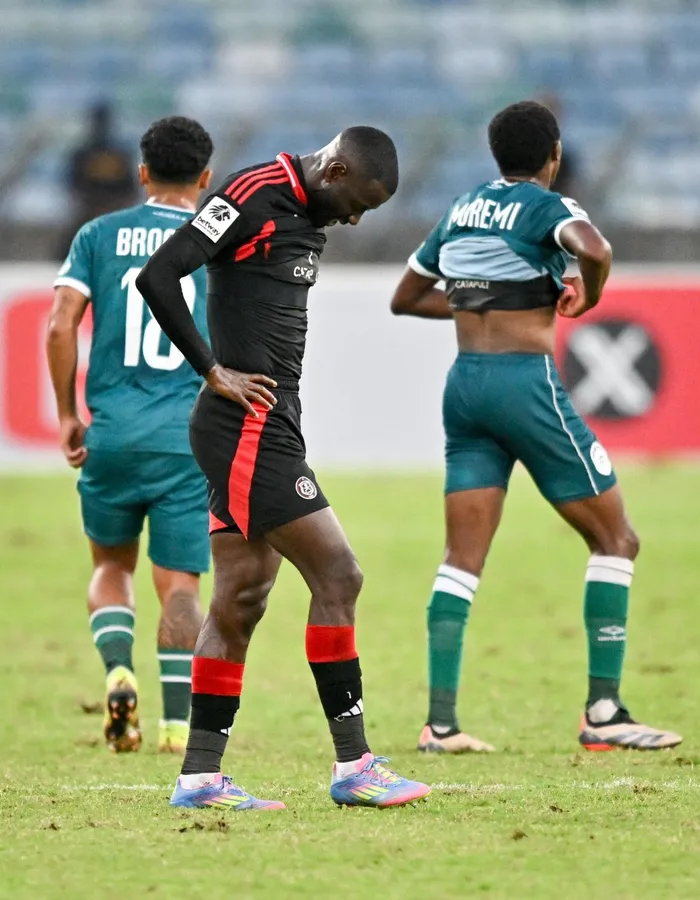Rebuilding or repeating? The cycle of player releases in South African football
PSL COMMENT

ETHAN Brooks and Tshepang Moremi of AmaZulu and Deon Hotto of Orlando Pirates are amoong the long list of players who let go by their teams recently. | BackpagePix
Image: BackpagePix
The South African off-season has become synonymous with player clear-outs.
Every year, we see clubs announcing long lists of departures — some featuring over a dozen names — followed by another wave of “rebuilds” that promise a fresh start but rarely deliver long-term success.
From Chippa United cutting ties with over 18 players to AmaZulu releasing 17 in one go, this trend of mass exits is no longer isolated.
Even so-called “stable” clubs like Kaizer Chiefs and Sekhukhune United are not immune to large-scale changes.
The pattern is worrying — not just from a footballing perspective, but also in terms of planning, identity, and player welfare.
This is not how sustainable football is built.
Short-term thinking, long-term damage
For most clubs, releasing 10 to 15 players suggests one of two things: poor recruitment the season before or panic in the boardroom. In some cases, it’s both.
The revolving door approach leaves coaches starting from scratch each time — forced to reintroduce tactical systems, rebuild chemistry, and re-establish a team culture.
There’s also the knock-on effect on player confidence and development.
Why would any player commit to long-term growth at a club when contracts are being terminated after just one season? It fosters a culture of insecurity, short-term performances, and an over-reliance on free agents.
The illusion of rebuilding
The term “rebuild” is thrown around far too loosely. A proper rebuild requires vision, continuity, and the patience to let structures evolve over time.
Instead, clubs rush to reshuffle entire squads, often without a clear playing philosophy or an aligned recruitment strategy.
The result? Coaches inherit players they didn’t ask for, technical teams struggle to implement plans, and fans are left watching a side that feels unfamiliar every season.
Clubs like Stellenbosch FC and Mamelodi Sundowns stand out because they’ve resisted the urge to make wholesale changes.
They operate with a clear identity, recruit specifically, and back their technical teams for more than just one campaign. That stability translates to the pitch.
Financial strain and wasted resources
Ironically, the practice of releasing players en masse and signing new ones costs more than building gradually. Agents demand fresh signing-on fees, while buyouts and early terminations put pressure on already tight budgets.
For some clubs, it leads to disputes and unpaid wages — another common off-season subplot in South African football.
The PSL’s current financial climate doesn’t favour impulsive rebuilds. Clubs that don’t stabilise their rosters may find themselves not just struggling for results, but also fighting avoidable battles off the field.
Where to from here?
The league must encourage better football planning. Technical directors need to be empowered, and head coaches given more input in player recruitment.
Most importantly, clubs need to adopt a long-term view — one that prioritises development, continuity, and identity over annual resets.
Mass player releases may solve short-term problems, but they create long-term instability.
Until South African football embraces strategic squad building, the cycle will continue — with clubs trapped in rebuilds that never actually rebuild anything.
Related Topics: